BOND THE SPORTSMAN -- "His eyes strained to see through the murk, but so far nothing more than ribbons of sunlight rippling through the green water. He could hear the cascade of bubbles exhausting from his regulator but the speed at which he swam left them behind." Scuba diving is a sport integral to the Bond lifestyle!
His eyes strained to see through the murk, but so far nothing more than ribbons of sunlight rippling through the green water. He could hear the cascade of bubbles exhausting from his regulator but the speed at which he swam left them behind. There! An angular shape below, a shape not found in the natural undersea world. Emerging from the gloom, the angular shape revealed itself as the fin of an airplane- surely the very airplane that he'd made this dive to find. Letting himself settle onto the lakebed, he cleared his ears and took stock of his discovery. Sure enough, a Hawker 700, just as he expected. In excellent condition as well, considering the length of time it had been here.
His companion swam beside him, and he could see the delight in her eyes as well. No mean feat making this discovery! He turned his attention back to the plane but the girl's start flicked his eyes back to her. She pointed at a black shadow descending towards them, the silhouette back-lit by the diffused daylight. The halo of bubbles betrayed the shape as another diver. Knowing there would surely be another, he looked above and around, and as he expected, another diver appeared. Taking his companion's arm, he guided her behind the plane's wing as the divers focused on the cockpit. Had they seen us? He didn't know. She looked at him, the question in her eyes clear: what should we do?
Scuba diving is a sport integral to the Bond lifestyle, with its origins in World War 2, when Jacques-Yves Cousteau and Emile Gagnan invented the Aqualung for the use of the French Navy. Scuba is an acronym for Self Contained Underwater Breathing Apparatus, and at its most basic consists of a cylinder of compressed air, a regulator
which reduces air pressure in the tank to ambient pressure, allowing the diver to breathe regardless of depth, and weights to compensate for the buoyancy. Modern improvements supplement the weights with a Buoyancy Compensator, which is a vest that in addition to supporting the air tank, uses a portion of the tank's air to inflate or deflate to better control the diver's buoyancy. This vest can have weights integrated into it, or the diver can wear a traditional weight belt. In either case the weights can be quickly shed in emergencies.
Other accessories include a mask, fins, depth gauge & pressure gauge- which are typically integrated into one instrument package with a compass, watch, wetsuit and snorkel. Why a snorkel? While swimming on or near the surface, using a snorkel will allow you to conserve the compressed air in your tank. The dive watch serves an important role, as every dive should be carefully planned before entering the water, and the plan followed - "plan your dive and dive your plan." Decompression tables have been developed to provide a model of how much nitrogen your body absorbs at depth and retains after diving and provides theoretical time limits you can safely remain at a certain depth, as well as how much time is needed for the absorbed nitrogen to dissolve from your body. These functions are integrated into a dive computer, but before that technology existed there were dive tables and a dive watch to keep track of the time. There are many more accessories commonly used, including dry suits, dive computers, lights, cameras and the like, but the basic tools described above are common to all warm water recreational dives.
Is the 600 meter water resistance notation on your Seamaster mocking you when you check the time? Learning to dive can be accomplished in as little as two weekends. How you learn is dependent on what program you use to become certified. I used PADI, the Professional Association of Dive Instructors, which is the largest certification agency in the world, with instructors and programs worldwide. Others include NAUI, Scuba Schools International, the British Sub-Aqua Club, and others. While there are differences in instruction technique and standards, certification levels are recognized between organizations and are good for life. When I learned, the first weekend was spent learning theory in the classroom and with videos I watched at home. Basic skills were then taught and exercised in a swimming pool. Basic skills included flooding and clearing your mask underwater, recovering a lost regulator, breathing from a runaway regulator, sharing air from a buddy's backup regulator, which is called an octopus, a controlled emergency ascent, and other skills. Once the curriculum had been completed to the instructor's satisfaction, the next weekend we met in a nearby flooded quarry that had been turned into a dedicated scuba park, where divers could exercise their skills without competing with boat traffic. The same skills we had practiced in the pool were now put to the test in open water, and four dives later The Bond Girl and myself were rated Open Water Divers. This entitled us to the privilege of diving unaccompanied to a depth of 60 feet or 20 meters. The most basic certification is that of Scuba Diver, which allows you to you dive under the supervision of a divemaster, Many more certifications and specialty courses are offered by PADI, including Advanced Open Water, Rescue Diver, Wreck Diver, Underwater Navigator and many more. With the proper technical training you can even learn what that helium release valve on your watch is for. Our instructor made it clear upon conferring us our new status that this was a license to learn, and like any complex skill, continued education and practice was essential to building and maintaining proficiency. Our training stressed that carelessness or neglect of that which we had been taught could lead to dire consequences- decompression sickness, burst eardrums, and of course drowning- but with care to dive as we had been trained diving was safe and rewarding.
Nearly a year later, floating behind the sunken jet's wing, I caught the eye of the diver who had been peering in the cockpit. He waved. I waved back. My wife pulled on my shoulder, having seen enough of the plane and wanting to continue our dive plan. Taking care not to kick up the silt on the lakebed and ruin the visibility for our fellow divers, I swam to follow her.
Sources: PADI Open Water Diver Manual 2010, Cousteau, J. The Silent World 1953, “Scuba Diving” n.d. http://en.wikipedia.org/wiki/Scuba_diving (accessed March 8, 2014), “List of Diver Certification Organizations” n.d. http://en.wikipedia.org/wiki/List_of_diver_certification_organizations (accessed March 8, 2014)
Thanks to Being James Bond forum members RegentsPark for this week's podcast and blog post!

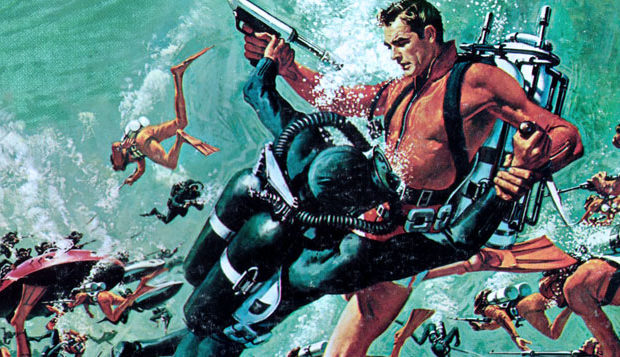
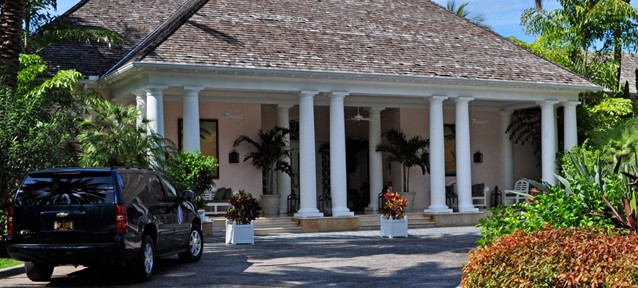
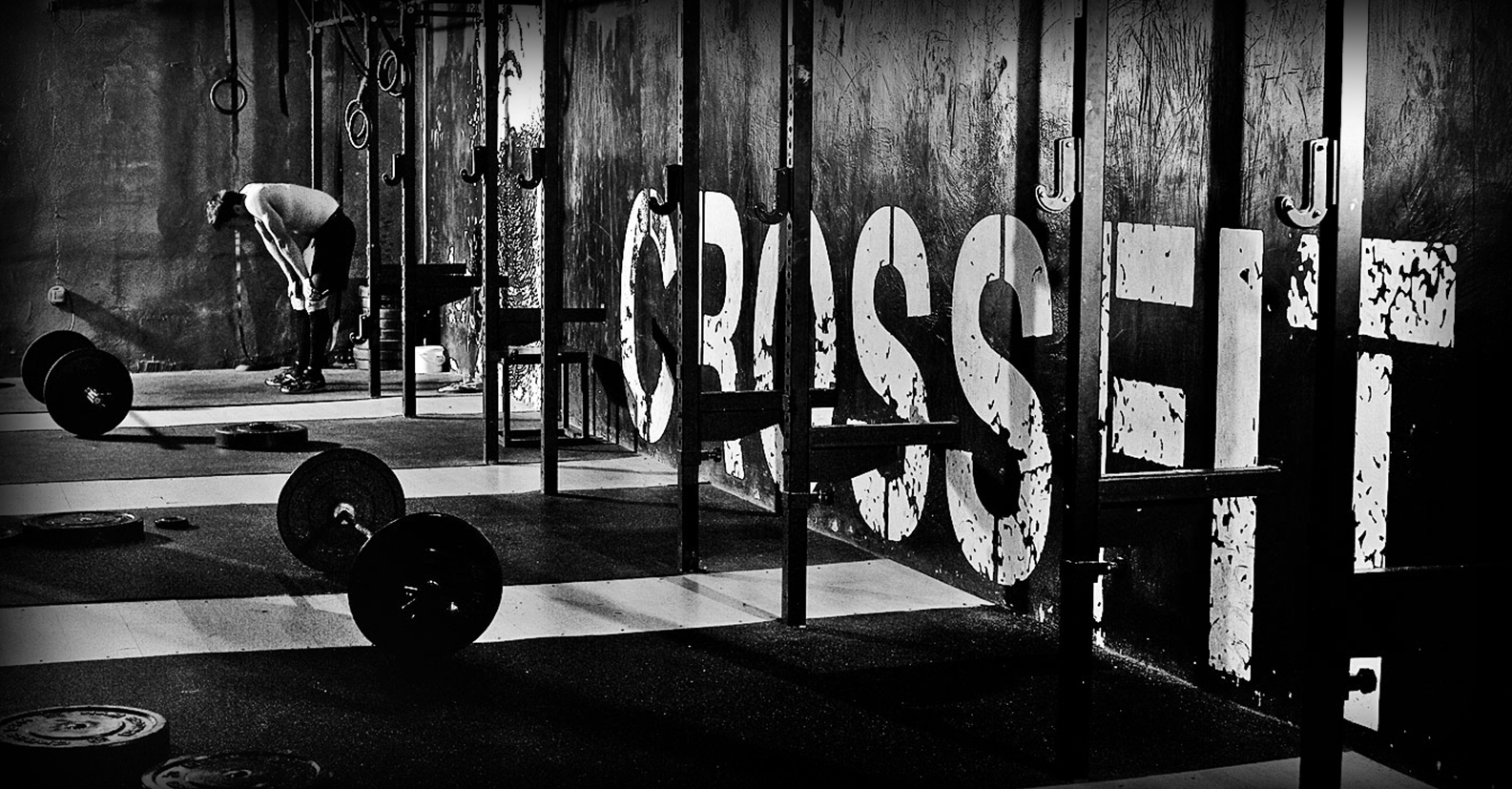
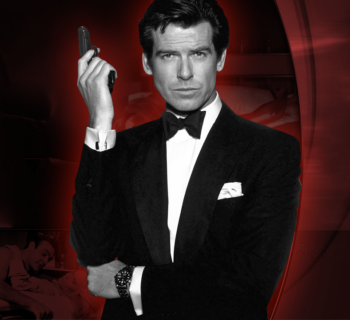
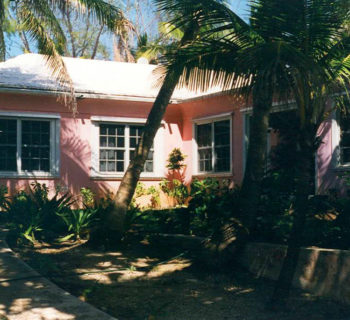
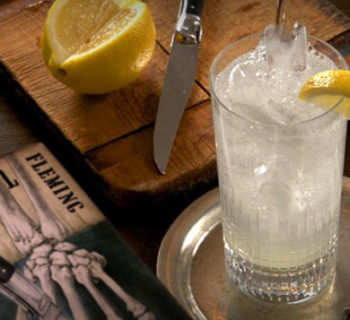
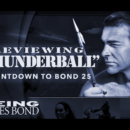
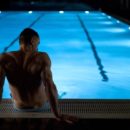
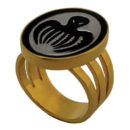

Top 5 Rejected James Bond Theme Songs
Top 5 Rejected James Bond Theme Songs
The "No Time To Die" Review